Food and Nutrition Security
Healthy living begins with healthy eating. A balanced diet that contains fresh fruits and vegetables and healthy traditional foods can have a positive effect on a person’s health and well-being. However, when healthy food is not accessible, people risk being food insecure. Food insecurity is when there is a lack of consistent access to enough food for every person in a household to live an active, healthy life.
Native communities have faced challenges that put them at risk for food insecurity, such as poverty, living in rural communities, long distances to travel to get to grocery stores, lack of transportation, living in food deserts, and/or disruptions to traditional food systems. This results in higher rates of chronic disease and diet-impacted conditions, such as diabetes, chronic kidney disease, heart disease, and obesity in American Indian and Alaska Native people. Access to healthy food is essential for good health.
Federal Food Assistance for American Indians and Alaska Natives
Federal resources that provide direct assistance to eligible individuals, families, and elders: WIC, SNAP, Commodity Foods Program, and others.
Food Insecurity
Resources
Food Insecurity Assessment Tool and Resource List [PDF - 534 KB]
Screen for food insecurity with 2 simple questions on this assessment tool. Intervene with nutrition counseling and local and federal program food resources.
Source: IHS Division of Diabetes Treatment and Prevention (DDTP)
Federal Food Assistance for Native Americans
Federal resources that provide direct assistance to eligible individuals, families and elders: WIC, SNAP, Commodity Foods Program, and others.
Source: United States Department of Agriculture (USDA)


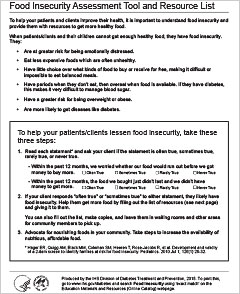
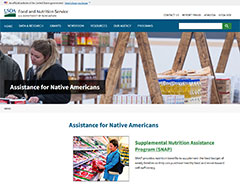
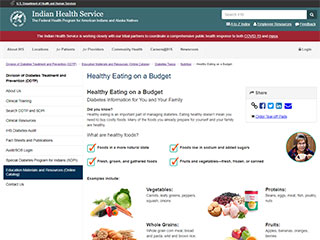 Healthy Eating on a Budget - Tip Sheet
Healthy Eating on a Budget - Tip Sheet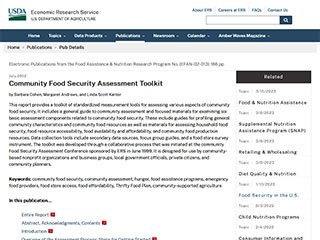 Community Food Security Assessment Toolkit
Community Food Security Assessment Toolkit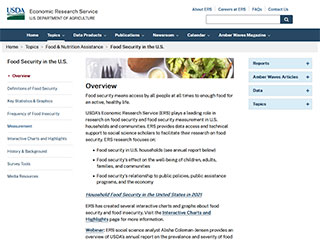 Food Insecurity in the U.S.
Food Insecurity in the U.S. Cooking Healthier with
Cooking Healthier with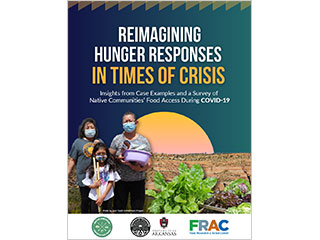 Reimagining Hunger Responses
Reimagining Hunger Responses